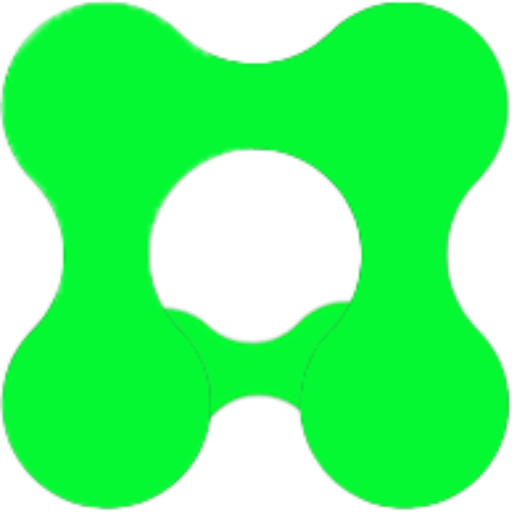
2018
Mani korlo prayer wheel
Ah, the question of religion, always delicate, but so rich. What concerns me is less the divinity itself than the mechanisms that underlie these belief systems. I therefore set about designing a scientific model inspired by strange Lorenz attractors. Incorporating algorithms for answering prayers, I am not just reproducing an ancestral mechanism: I am transcending it.
I draw on the tradition of Mani Korlo, these mechanical prayer wheels, to propel them into the digital age. Each digital Mani Korlo carries a prayer but also acts as an input variable in the algorithm of my prayer machine. The goal ? Accelerate and optimize the process of answering prayer.
Thus, I mix spirituality with algorithmic rigor, provoking a resonance between apparently divergent worlds. In doing so, I invite us all to question our relationship to the systems that govern our lives, whether spiritual, scientific or technological. Are we really understanding what’s going on, or are we just following the movements of a machine bigger than us?
Arsen Eca

